As cited in Mansion Global (September 24, 2023), barn cover metal-skinned referred to as barndominiums (“barndos” for short) have exploded in recent years. As of mid-September, there were roughly 4,000 active U.S. listings that advertised being or having a barndominium, a 26 percent increase from the same time a year ago, according to data Realtor.com. This article will discuss performance issues and spray polyurethane foam insulation product choices, which impact the long-term performance of the building envelope.
One of the primary purposes of Insulation systems and materials, designated as the “thermal control layer,” is to reduce the potential for condensation forming within the building envelope that may lead to reduced structural integrity and unhealthy indoor air quality. The type of insulation, interior environment, exterior environment and need for additional control layers play an important role in the effectiveness of the insulation chosen. The more familiar purpose is to reduce heat flow through envelope assemblies resulting in reduced energy consumption and a more comfortable occupied space.
Climate Zones
Let’s focus on condensation, SPF, and metal-skinned buildings and let’s determine the potential for condensation in three different climate zones using open cell SPF (ocSPF) and closed cell SPF (ccSPF) as our insulation of choice.
For this example, we’ll insulate to the current prescriptive, residential code levels for the state, and use the ASHRAE/IECC indoor and outdoor conditions for three different climate zones, represented by three different cities. Wall assemblies with consist of typical metal skins, interior SPF, 1/2-inch min air cavity, drywall, and acrylic paint (no vapor barrier). We’ll illustrate the results using a static heat/air/moisture model under winter (heating season) indoor/outdoor conditions.
Climate Zone 2A | Baton Rouge, LA | 2021 IECC | Wall R-13
2 inches of closed cell SPF installed from the inside, directly onto the metal skin exterior sheathing, 1½ inch air space and interior gypsum drywall—no vapor retarder.
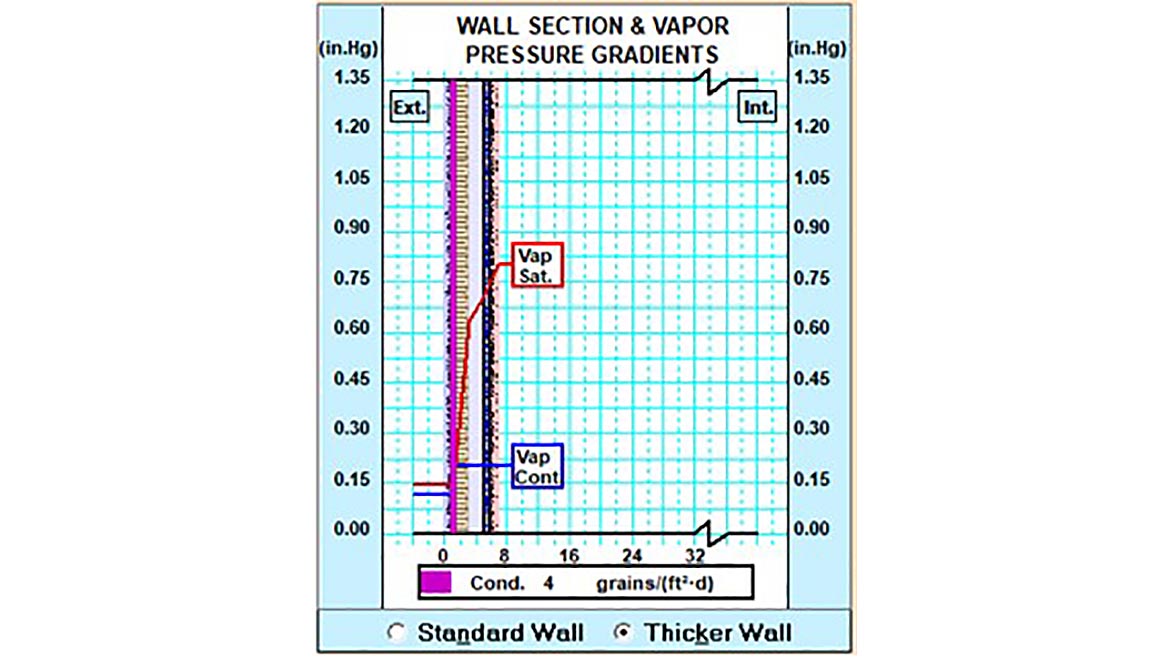
Looking at the analysis above, this assembly works. The small amount of moisture indicated (4 grains/(ft2.d) is of no concern as the hygric buffer capacity of the insulation can accommodate this level of wetting and completely dry to the inside cavity during the cooling season. Notice any moisture accumulation is at the inside surface of the metal skin and ccSPF insulation.
Let's look at the same conditions, but replace the closed cell SPF with open cell SPF
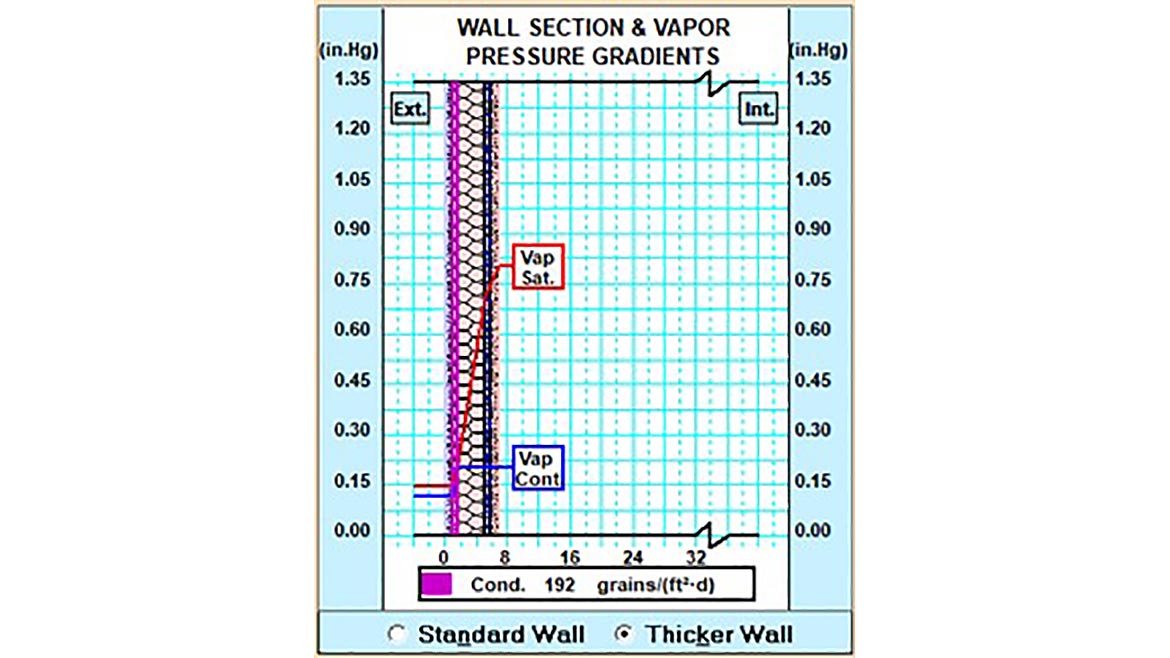
As we see in the condensation model above, the level of condensation may now be considered problematic. Over the heating season, the insulation will become saturated. As this product is open celled, the moisture will travel down the wall cavity in full contact with framing members, the inside surfaces of the thermal barrier or interior wall coverings as well as base plates and channels. The assembly may dry during the cooling season, however, premature failure of the fasteners, framing members and metal sheathing may be experienced.
Although not required by code, the use of a properly installed vapor retarder or barrier will minimize the potential for the formation of damaging condensation.
Looking at the same construction in Climate Zone 4 we find the following results for closed and open cell insulation excluding a properly installed vapor retarder/vapor barrier.
Climate Zone 4A | St Louis, MO | 2009 IECC | Wall R-13
2 inches of closed cell SPF installed from the inside, directly onto the metal skin exterior sheathing, 1½ inch air space and interior gypsum drywall—no vapor retarder.
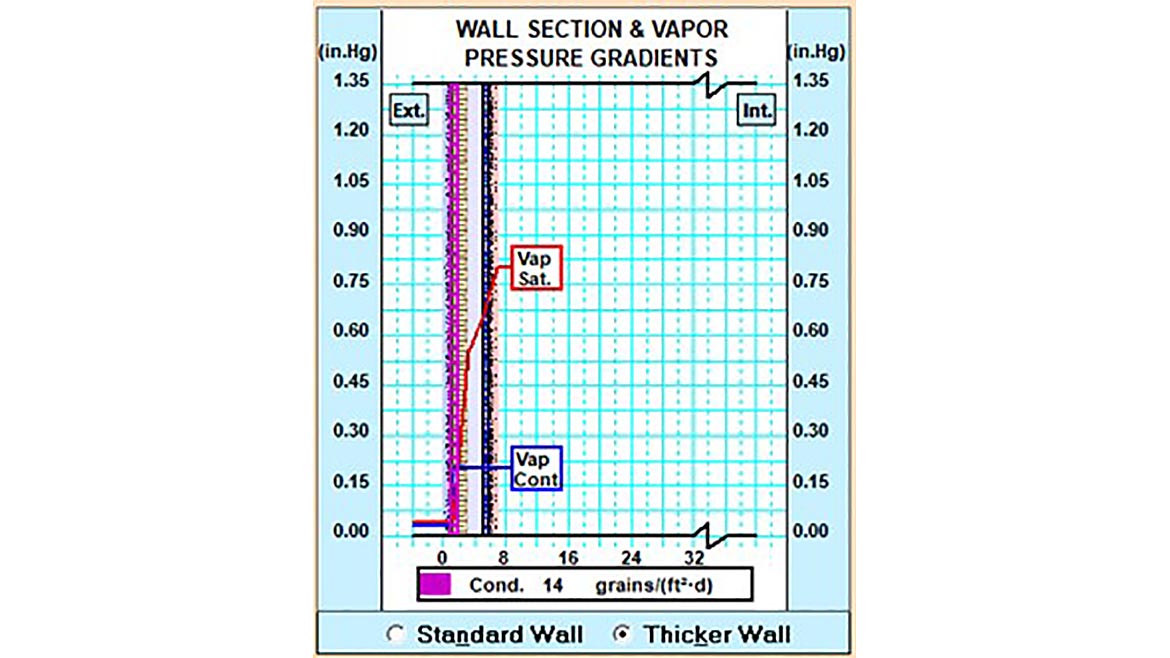
Looking at the analysis above, this assembly works however, the amount of moisture (14 grains/(ft2.d) may become problematic. Depending on other factors, such as shading, solar gain, wind, interior surfacing fastening (is there a gap between the floor and drywall to allow air circulation behind the drywall to assist drying, etc.) and indoor environmental factors, this assembly may perform well.
Let’s look at the same conditions, but replace the closed cell SPF with open cell SPF
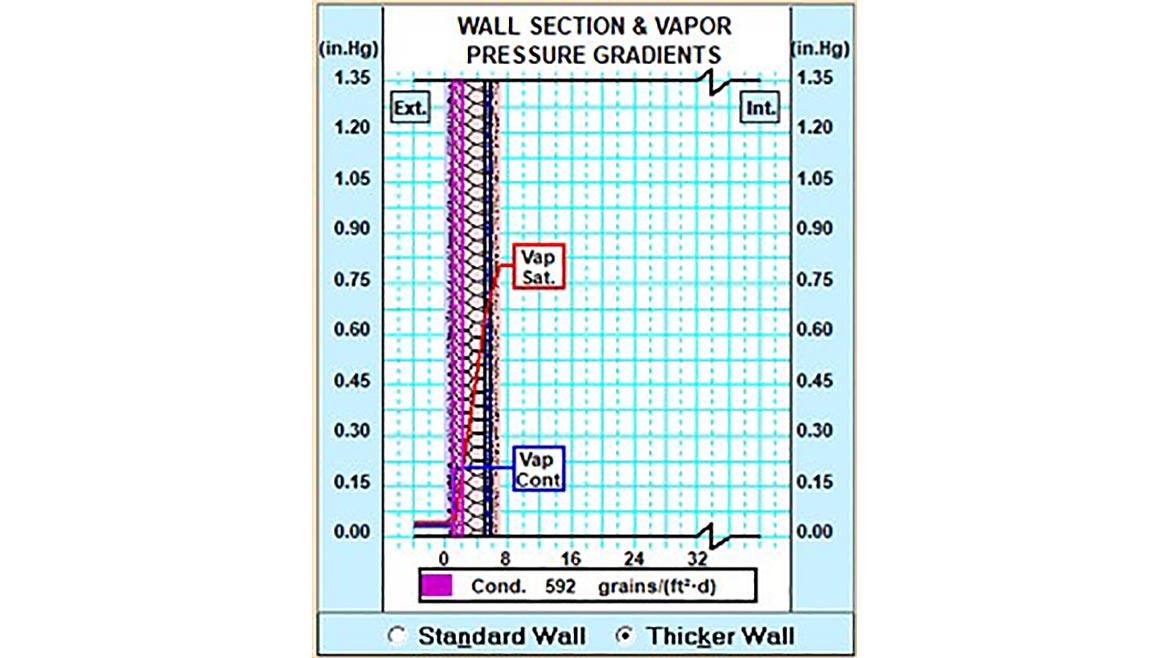
We now see the level of condensation is unacceptable. Over the heating season, the insulation will become saturated. This is the reason why in climate zones 4A and above, permeable insulation, when used in residential construction must be protected with an additional vapor retarder. Closed cell foam, under the same conditions, does not.
Looking at our last example, a barndominium in Climate Zone 6A
Climate Zone 6A | Minneapolis, MN | 2021 IECC | Wall R-20 + 5ci
3 inches of closed cell SPF installed from the inside, directly onto the metal skin exterior sheathing, 1/2 inch air space and interior gypsum drywall—no vapor retarder.
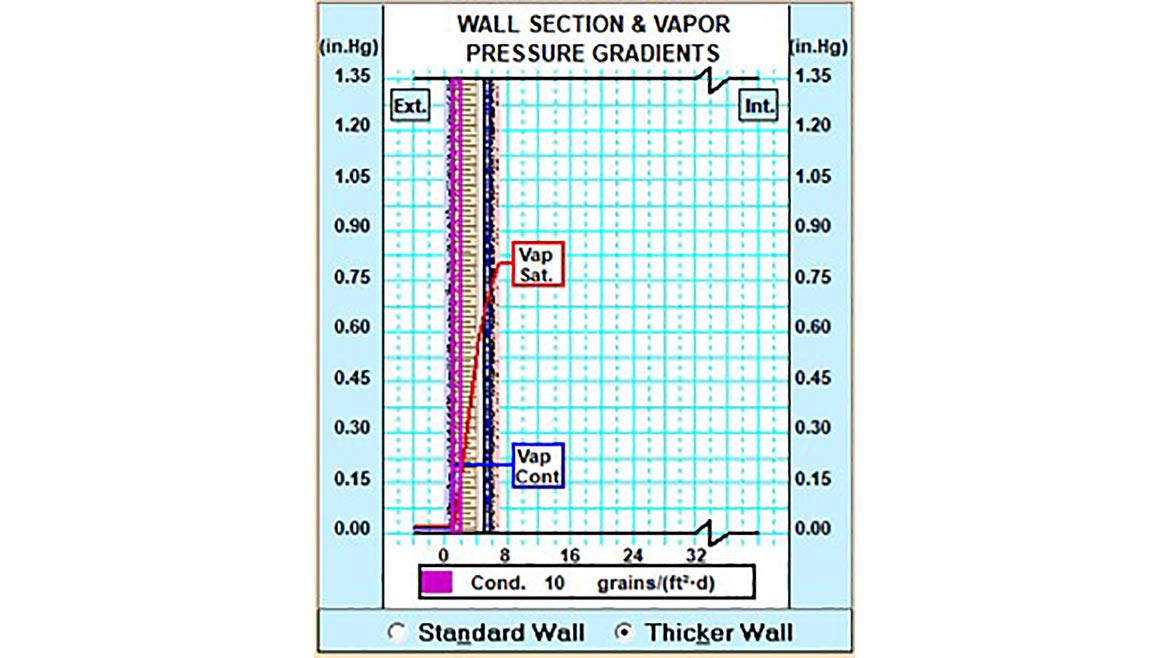
Looking at the analysis above, this assembly works. The small amount of moisture indicated (10 grains/(ft2.d) is of little consequence as the increased hygric buffer capacity of the insulation (now 3 inches thick) can accommodate this level of wetting and completely dry to the inside cavity during the cooling season.
No need to illustrate the performance of unprotected open cell SPF in this scenario. The model revealed a potential for more than 650 grains/(ft2.day), clearly unacceptable and not code-compliant.
Let’s conduct a final analysis by adding a vapor barrier to the interior side of the open cell insulation between the permeable insulation and the gypsum drywall.
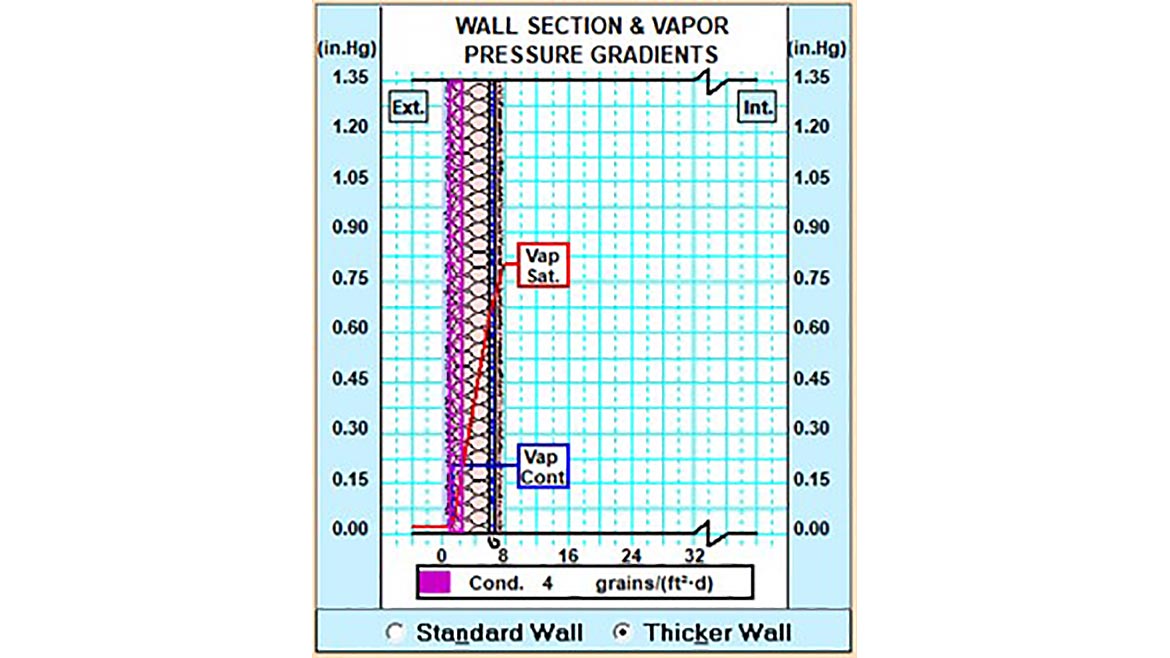
This assembly works, dropping the amount of potential moisture from over 650 grains to 4 grains/(ft2.d).
Let’s remember, we’re discussing the use of SPF (open or closed cell) in metal skin buildings intended for residential occupancy, not tool sheds and machine shops. A conclusion I draw from the exercise is that, in most cases and in most climate zones, when permeable insulation is used, including open cell SPF, an interior vapor retarder/barrier is required to provide sufficient vapor control to keep the insulation free from the potential of condensation. This is a departure from the current IECC/IRC/IBC and due to the impermeable exterior metal skin, which has no hygric buffer capacity compared to common framing and sheathing materials found in today’s new wood-framed residential construction. The assembly can only dry in one direction.
Another conclusion is in all cases, closed cell foam works well and requires no additional vapor protection. The reader is reminded, that in all cases, except where exceptions permit, SPF must be covered with an approved thermal barrier.
The use of metal skinned buildings, bardo conversions and converting previously uncontrolled shelters to somewhat controlled environments is on the rise and spray-applied polyurethane foam is a great choice of insulation for these applications—in all climate zones. As these applications and the use of SPF continue to grow, we need to be aware of the associated building science. With all new and growing applications, let’s take the time to understand the impact of our actions before we act. Resources are available to help the contractor before it becomes a liability. You are encouraged to use them.



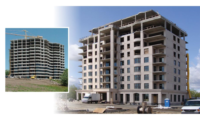
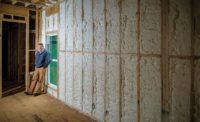
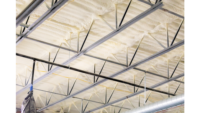
Report Abusive Comment